Description
Since its completion, the Independence Palace, also known as the Reunification Convention Hall, has had a rich and colorful history. This monument, which made history in 1975, is also one of the city’s most visited attractions, attracting thousands of domestic and international visitors each year.
The history of this unique structure may be traced back to 1868, when La Grandiere, the Governor of Cochinchina, began construction on the city’s first colonial edifice. The palace is well-known not only for its historical value, but also for its unique architecture.
It was designed by architect Ngo Viet Thu and served as the president of the Republic of (South) Vietnam’s residence and workspace. It was the location of the Fall of Saigon, which ended the Vietnam War on April 30, 1975, when a North Vietnamese Army tank broke through its gates.
Since its completion, has had a rich and colorful history. This monument, which made history in 1975, is also one of the city’s most visited attractions, attracting thousands of domestic and international visitors each year.
The history of this unique structure may be traced back to 1868, when La Grandiere, the Governor of Cochinchina, began construction on the city’s first colonial edifice. The palace is well-known not only for its historical value, but also for its unique architecture.
Architecture Of Independence Palace
Architect Ngo Viet Thu was appointed in 1967 to carry out the design of the Reunification Palace. He was the first and only Vietnamese to receive the Khoi Award in the category of architecture.
The structure was constructed on a 12-hectare plot of land and included a big residence with an 80-meter width. There is a large living room inside the Palace that can seat up to 800 people, as well as a large campus with many trees and lawns.
The stone blossom curtain in the shape of beautiful bamboo on the second level adds to the Palace’s architectural charm. The stone flower curtain, inspired by the Hue Imperial Palace’s departmental gates, not only enhances the splendor of the Imperial Palace but also glows brightly in the sunlight.
An circular lawn with a diameter of 102 meters may be found in the Palace’s front yard. As soon as people come through the gate, the contour of the green grass gives a relaxing, pleasant sense. A semicircular lake runs the length of the yard. There are lotus and water lilies in the lake, evoking images of tranquil pools in Vietnam’s historic temples and pagodas.
There are two green parks outside the walls in front and behind the Palace. The main structure includes three stories, two mezzanines, one terrace, one ground level, and a basement. The entire useable space is 20,000m2, which is divided into 95 rooms. Each room serves a specific purpose, with construction and decorating tailored to that goal. After 1975, part of the main buildings’ rooms remained in use, while the remainder were used to service guests. This was the largest building in the South in the 1960s and the most expensive construction project.
On the left side of this establishment, facing Nguyen Thi Minh Khai Street, there is a 4-meter-diameter octagonal house erected on a high mound with antique curving tile roofs to provide a calm, restful environment. There are magnificent grounds, antique gardens, precious potted plants, and four tennis courts behind the main building all around the Palace.
The renowned architect Ngo Viet Thu designed the one-of-a-kind architectural characteristic of this palace. In the work, he has seamlessly integrated modern architectural art with traditional oriental architecture.
Inside the Palace, the breathtaking architecture will leave even the most jaded visitor speechless. The hall is defined by the two walls of the oats room and the cabinet meeting room, with a wide, imposing, and solemn wooden staircase in front. The hall has a large amount of space, is broad and open, and has a simple and condensed ornamentation. After entering the main gate, one must traverse an arc around the oval lawn to reach the palace.
Aside from the amazing spaciousness of the staircase and hall, each chamber of the Reunification Palace has its own distinct and wonderful beauty.
The Chamber – With a capacity of nearly 500 persons, this space was utilized for meetings, receptions, and government debut ceremonies.
The room for referring credentials – The most notable object in the room is a picture titled “Binh Ngo Dai Cao,” which translates as “the Proclamation of Victory,” and it includes 40 pieces depicting Vietnamese peaceful existence in the 15th century.
The library houses many of the past presidents’ books and research papers.
Strategic Operations Department room – This is where military intelligence from four tactical regions is obtained. The staff would update, monitor, and distribute military operations plans using the combat map system.
Basement – The basement was designed by Lieutenant Colonel, Engineer Phan Van Dien, the Chief of the Independence Palace, and is located beneath the Independence Palace. The tunnel is 72.5 meters in length, 0.8 22.5 meters in width, and 0.6 to 2.5 meters in depth. The underground rooms are linked by small concrete casting openings, armored walls, and ventilation systems.
Other areas that will pique visitors’ interest include the ballroom, the Presidential family’s residence, the cinema room, the reading room, and many more.
Other elements of the Reunification Palace are open to visitors. For example, the Thematic section is an exhibition space that displays previous articles and photographs. Visitors can not only look back at vibrant images from the past, but they can also learn more about the historical nuances contained in them. Those are collectibles, the result of historical experts’ hard effort in seeking for and improving their knowledge.
There is an exhibition area titled “from Norodom Palace to Independence Palace, 1868 to 1966” in the Independence Palace in particular. This is a great attraction for anyone who are interested in learning about history because this display area simulates the creation, building, historical monuments, and major events that take place at the Independence Palace.
The additional space is another component of the Palace. This is a gallery of images that were discovered and later collected. The images on exhibit here were saved by the people throughout the resistance to independence and then given to the Palace to be preserved and passed down to future generations.
History Of Independence Palace
President Ngo Dinh Diem ordered the construction of the modern Independence Palace in 1962 to replace the old palace, which had been seriously damaged after being attacked by two dissident Republic of Vietnam Air Force pilots. It was built to the design of Ngo Viet Thu, a Vietnamese architect who won the First Grand Prix of Rome (Grand Prix de Rome) in 1955, the highest accolade of Paris’s Beaux-Arts school. He was also a recipient of the French government’s Prix de Rome.
The palace’s construction began on July 1, 1962. In the meantime, Diem and his ruling family relocated to Gia Long Palace (now the Ho Chi Minh City Museum). However, Diem was assassinated in November 1963, along with his brother and main adviser Ngo Dinh Nhu, during a coup led by General Duong Van Minh. The completed hall was dedicated on October 31, 1966, by General Nguyen Van Thieu, the chairman of the National Leadership Committee and the head of a military junta at the time. Thieu lived and worked at the Independence Hall from October 1967 until April 21, 1975, when he fled the nation as communist North Vietnamese forces pushed south in the crucial Ho Chi Minh Campaign.
Nguyen Thanh Trung, a South Vietnamese air force pilot and an undiscovered communist spy, flew an F-5E aircraft from Bien Hoa Air Base to bomb the palace on April 8, 1975, but caused no serious damage. At 10:45 a.m. on April 30, 1975, a North Vietnamese army tank bulldozed through the front gate, officially ending the Vietnam War.
The Provisional Revolutionary Government renamed the palace Reunification Hall in November 1975, after the negotiation convention between communist North Vietnam and their colleagues in South Vietnam was finished.
The palace is portrayed on the South Vietnamese 200-dong note.
How to Get to Reunification Palace
The Reunification Palace is located in District 1, the heart of Ho Chi Minh City, and is adjacent to major tourist attractions such as Notre Dame Cathedral, 30/4 Park, and the Central Post Office.
Tourists should keep in mind that the building’s front gate faces the intersection of Le Duan Street and Nam Ky Khoi Nghia Street. Look for this three-way crossroads if you can’t find the correct address.
If you are traveling on your own by motorcycle, bus, or foot, ask for directions from any locals. If you stay in a hotel in District 1, you may walk to the Reunification Palace in 15 to 20 minutes. They can phone a taxi and tell the driver to take them to Independence Palace if they don’t want to waste time looking for directions. The building stands out on the streets of Saigon, making it easy to identify.
Gallery / Photos
Working Hours
- Monday 8:00 AM - 4:00 PM
- Tuesday 8:00 AM - 4:00 PM
- Wednesday 8:00 AM - 4:00 PM
- Thursday 8:00 AM - 4:00 PM
- Friday 8:00 AM - 4:00 PM
- Saturday 8:00 AM - 4:00 PM
- Sunday 8:00 AM - 4:00 PM
Location / Contacts
- Address : 135 Nam Ky Khoi Nghia Street, District 1, Ho Chi Minh City, Vietnam
- Phone : +842838223652
- Website : http://www.dinhdoclap.gov.vn/

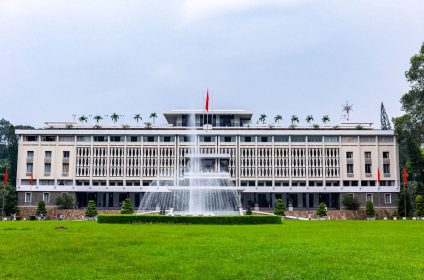
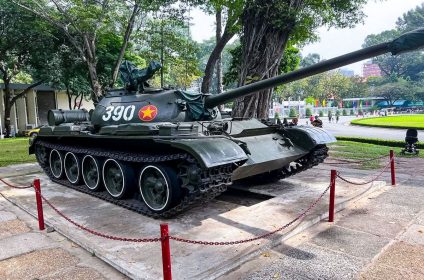
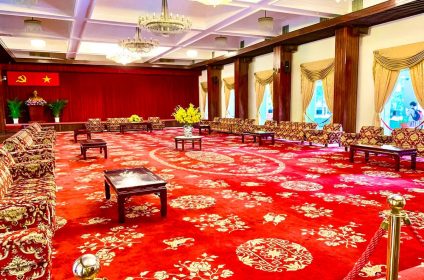
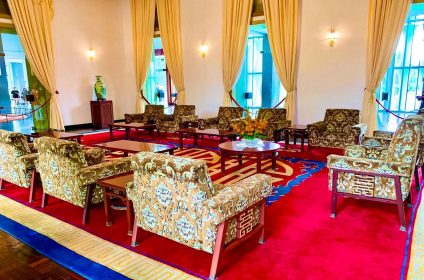
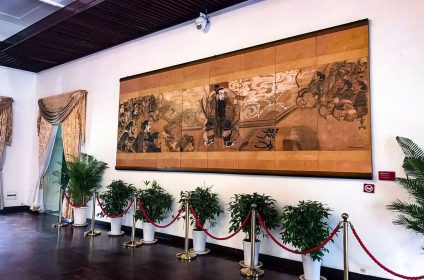
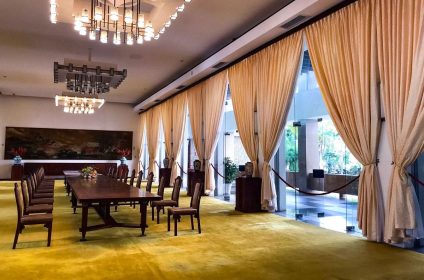
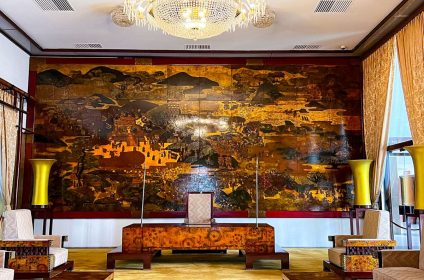
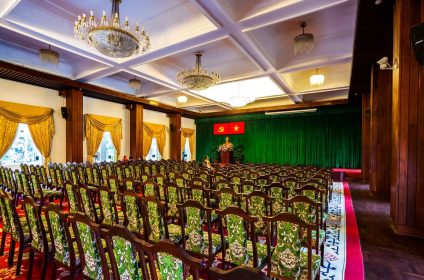
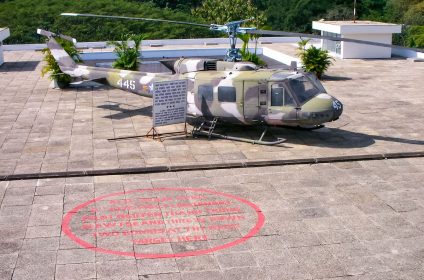
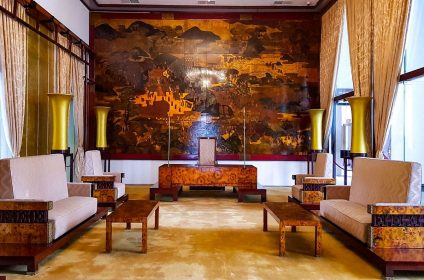
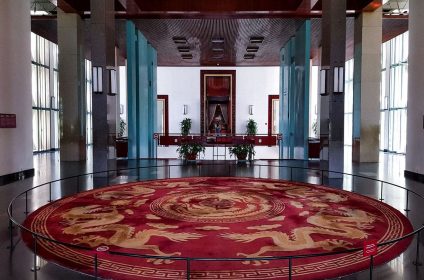
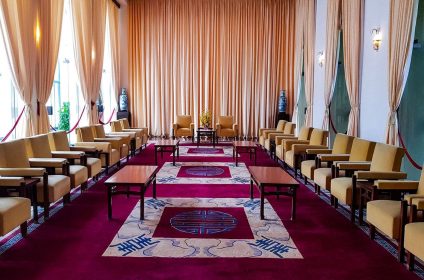
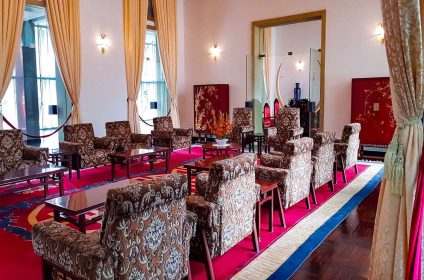
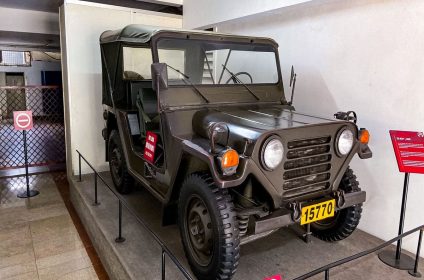
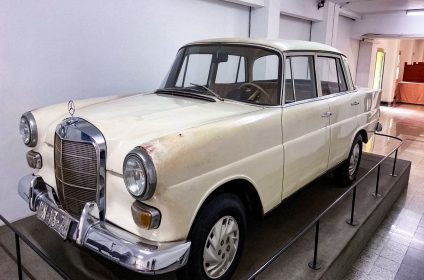
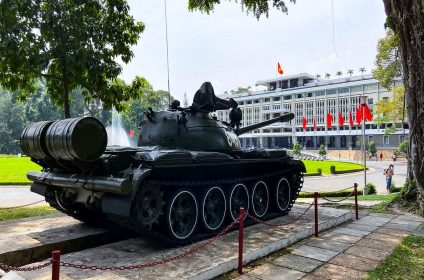
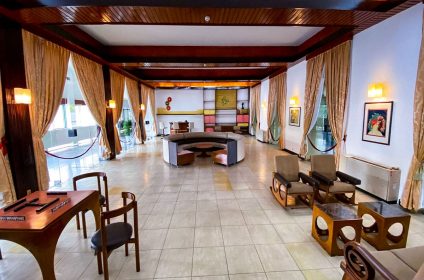
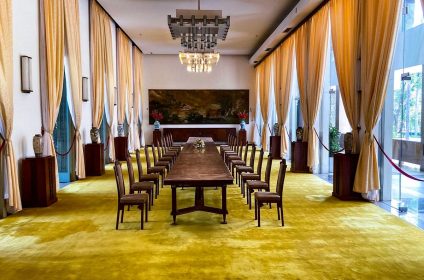
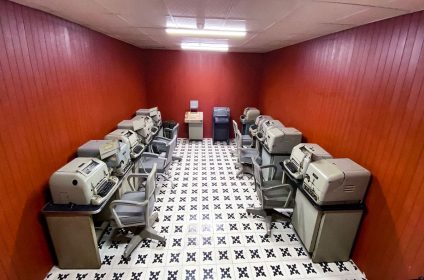
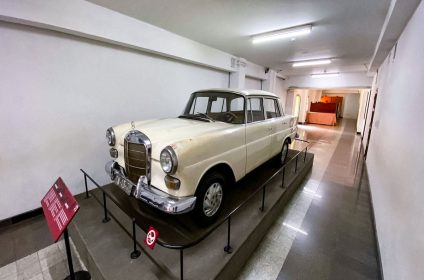
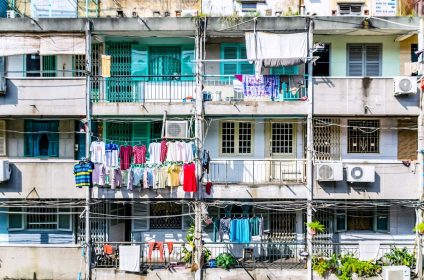
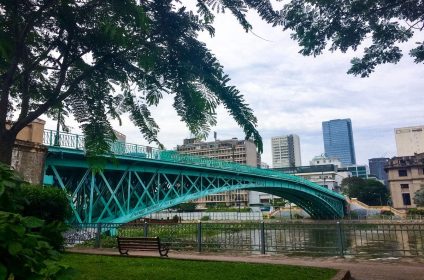

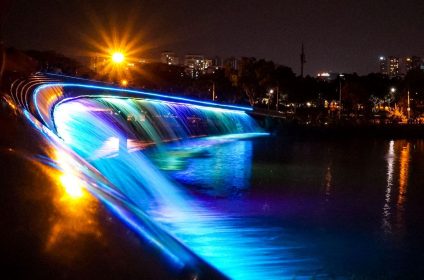











Add Review